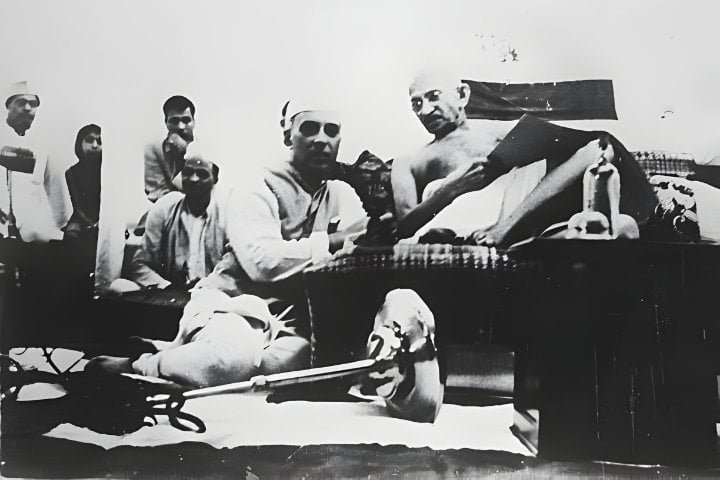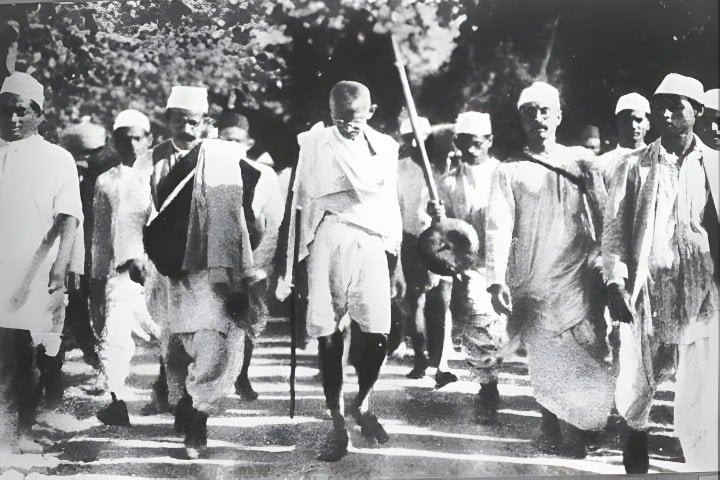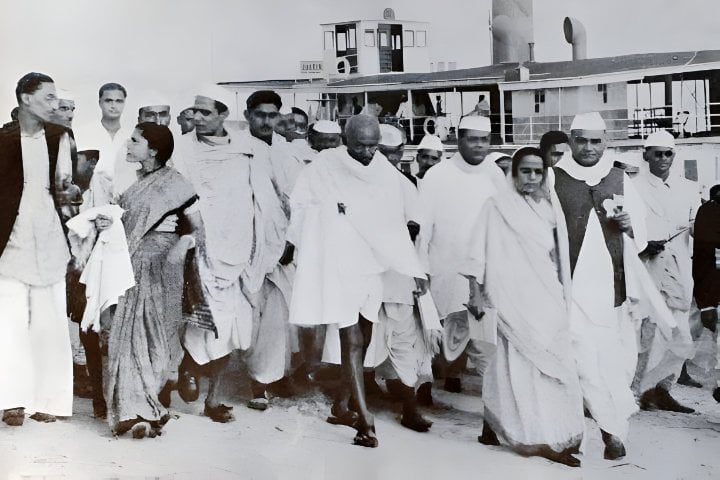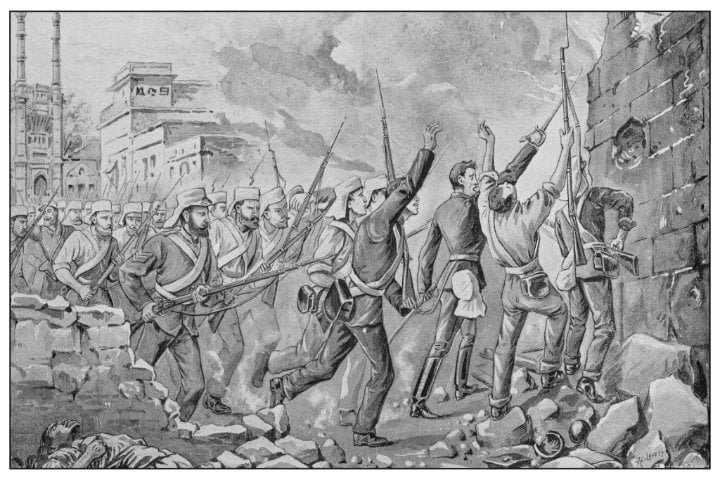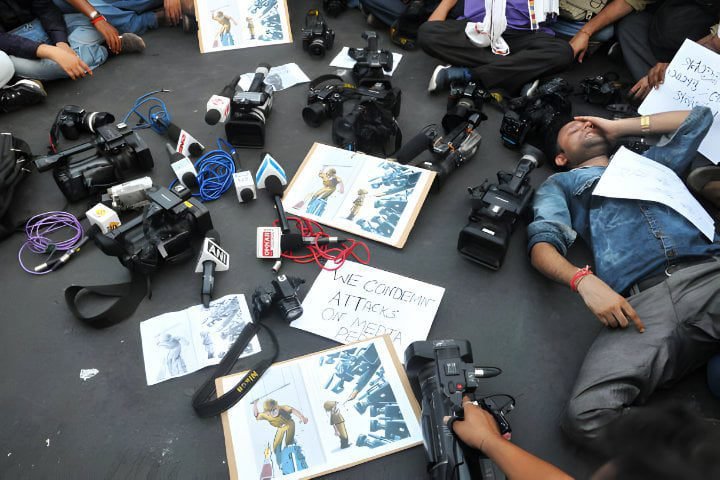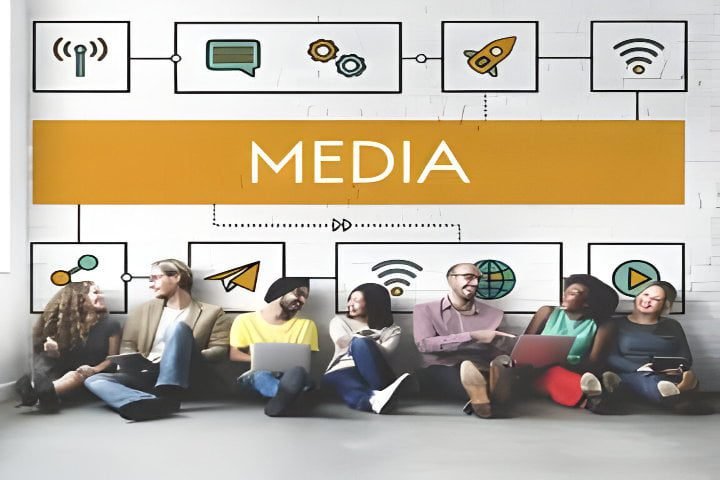Quit India Movement 1942
Introduction to the Quit India Movement The Quit India Movement, also known as the August Movement, was a critical phase in the Indian struggle for independence from British rule. Initiated in August 1942 under the leadership of Mahatma Gandhi and the Indian National Congress, this movement marked a decisive turn towards India’s ultimate liberation in […]
